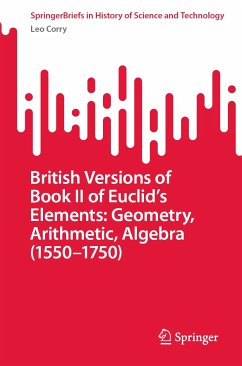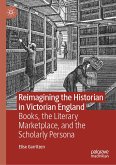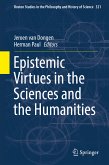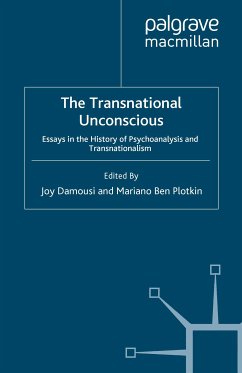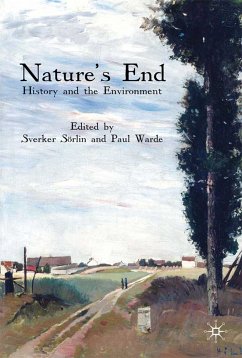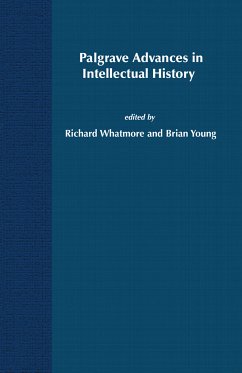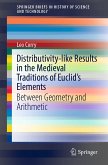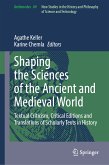This book discusses the changing conceptions about the relationship between geometry and arithmetic within the Euclidean tradition that developed in the British context of the sixteenth and seventeenth century. Its focus is on Book II of the Elements and the ways in which algebraic symbolism and methods, especially as recently introduced by François Viète and his followers, took center stage as mediators between the two realms, and thus offered new avenues to work out that relationship in idiosyncratic ways not found in earlier editions of the Euclidean text.
Texts examined include Robert Recorde's Pathway to Knowledge (1551), Henry Billingsley’s first English translation of the Elements (1570), Clavis Mathematicae by William Oughtred and Artis Analyticae Praxis by Thomas Harriot (both published in 1631), Isaac Barrow’s versions of the Elements (1660), and John Wallis Treatise of Algebra (1685), and the English translations of Claude Dechales’ French Euclidean Elements (1685).
This book offers a completely new perspective of the topic and analyzes mostly unexplored material. It will be of interest to historians of mathematics, mathematicians with an interest in history and historians of renaissance science in general.
Texts examined include Robert Recorde's Pathway to Knowledge (1551), Henry Billingsley’s first English translation of the Elements (1570), Clavis Mathematicae by William Oughtred and Artis Analyticae Praxis by Thomas Harriot (both published in 1631), Isaac Barrow’s versions of the Elements (1660), and John Wallis Treatise of Algebra (1685), and the English translations of Claude Dechales’ French Euclidean Elements (1685).
This book offers a completely new perspective of the topic and analyzes mostly unexplored material. It will be of interest to historians of mathematics, mathematicians with an interest in history and historians of renaissance science in general.
"This short but captivating book represents the latest installment of a series of investigations made by the author into the history of geometric algebra ... . The book under review takes a historical perspective in tackling the issue, delving into a comprehensive analysis of the reception of Euclid's Elements in Britain ... . the book engages in early modern debates on the quest for a foundational discipline that could underpin the entirety of mathematics." (Davide Crippa, Mathematical Reviews, November, 2023)
